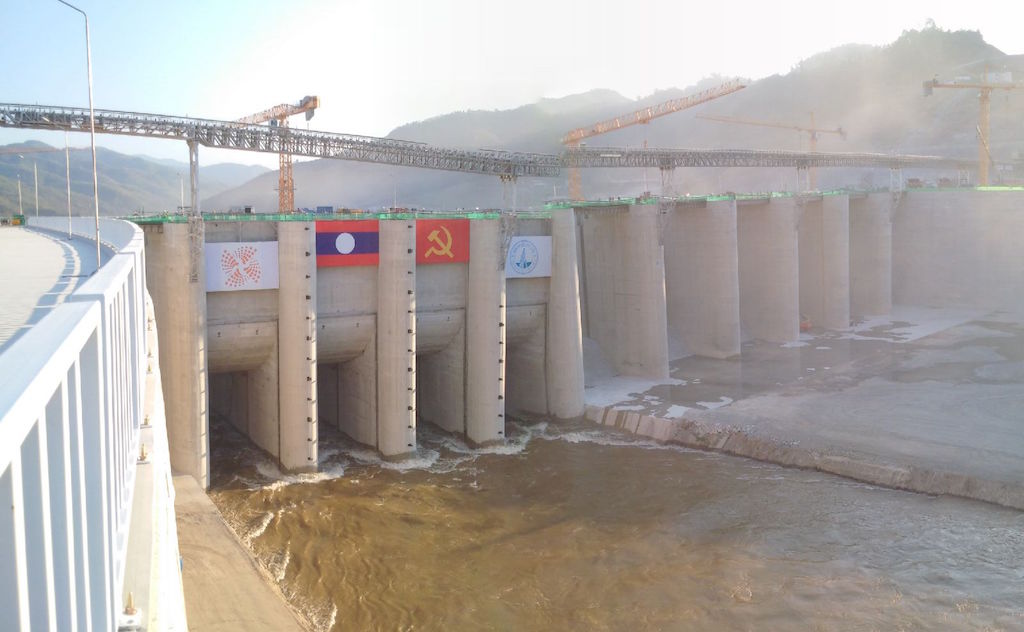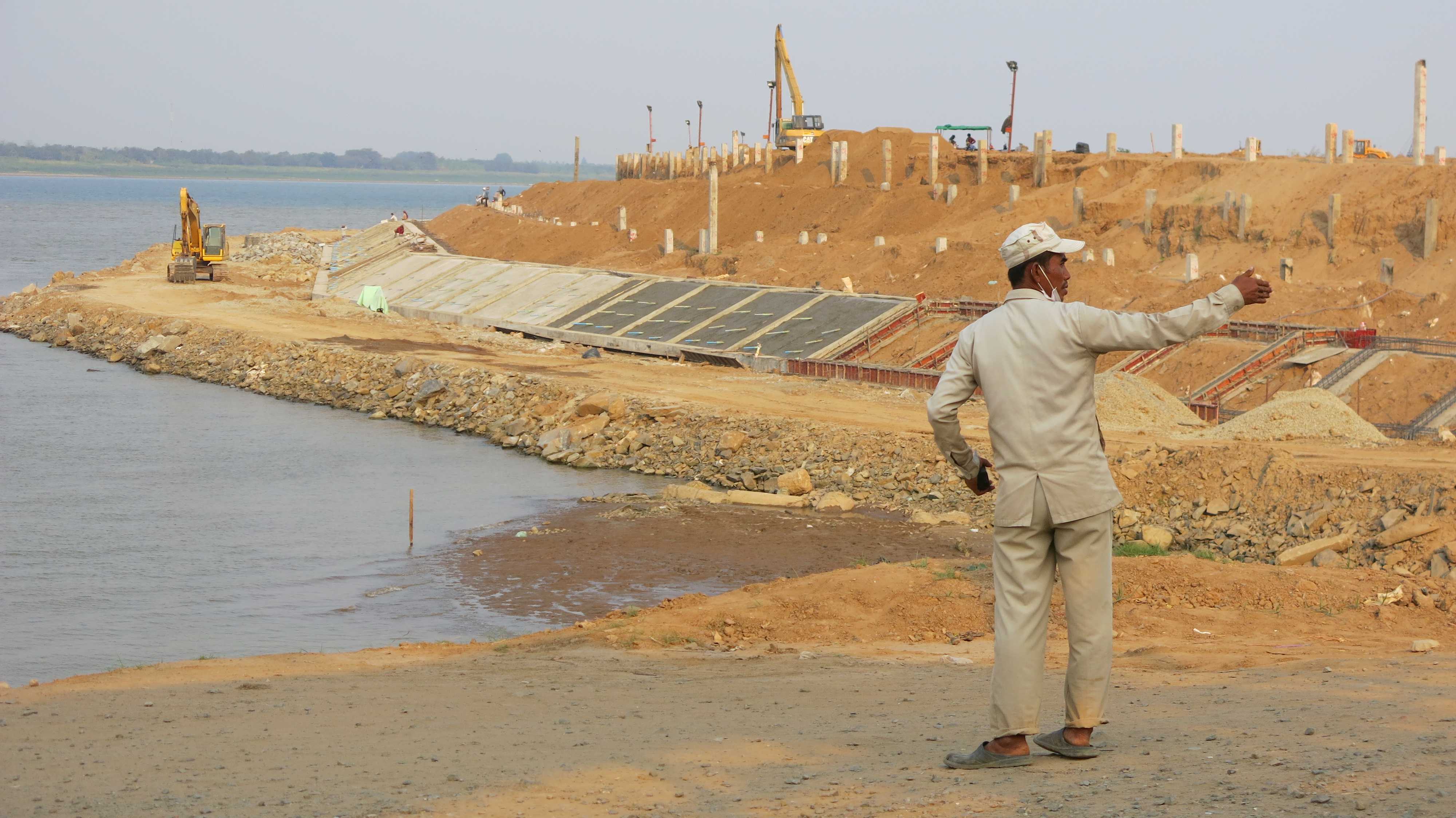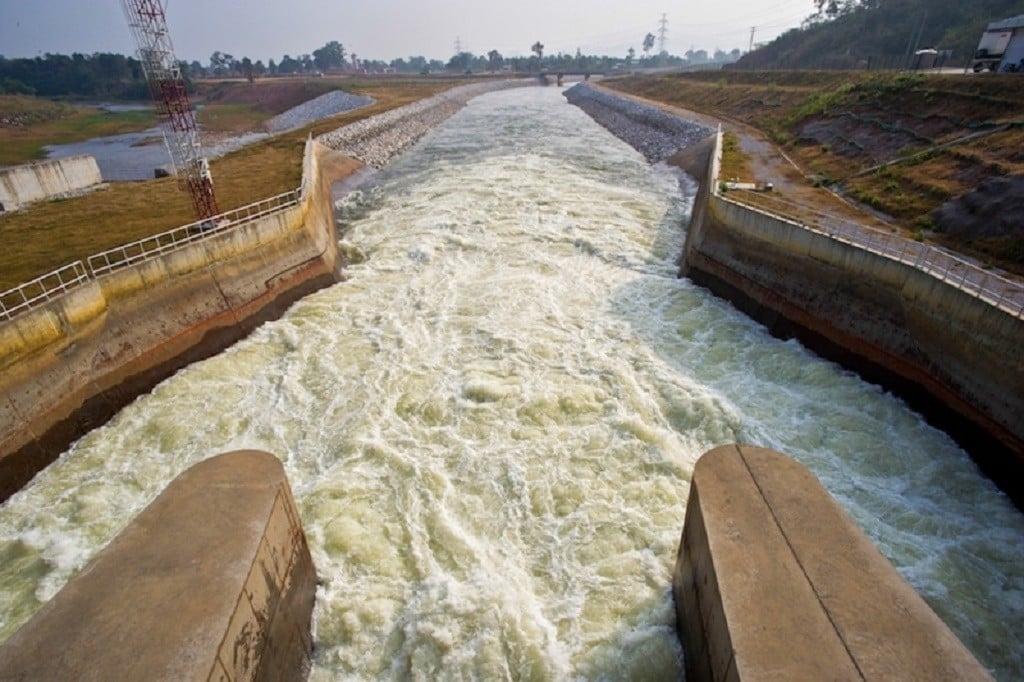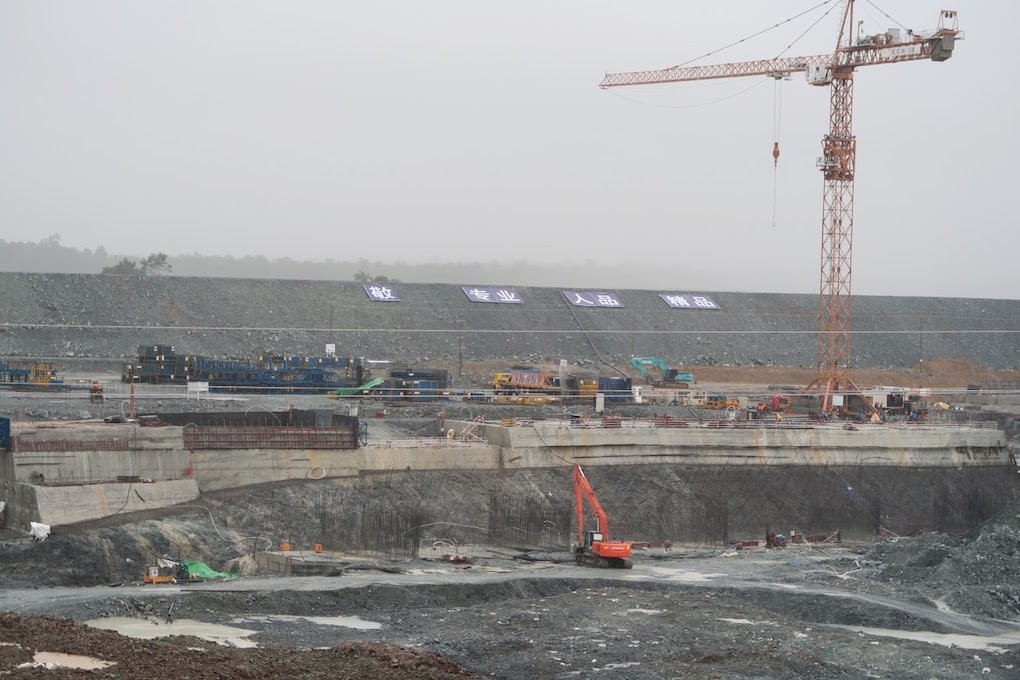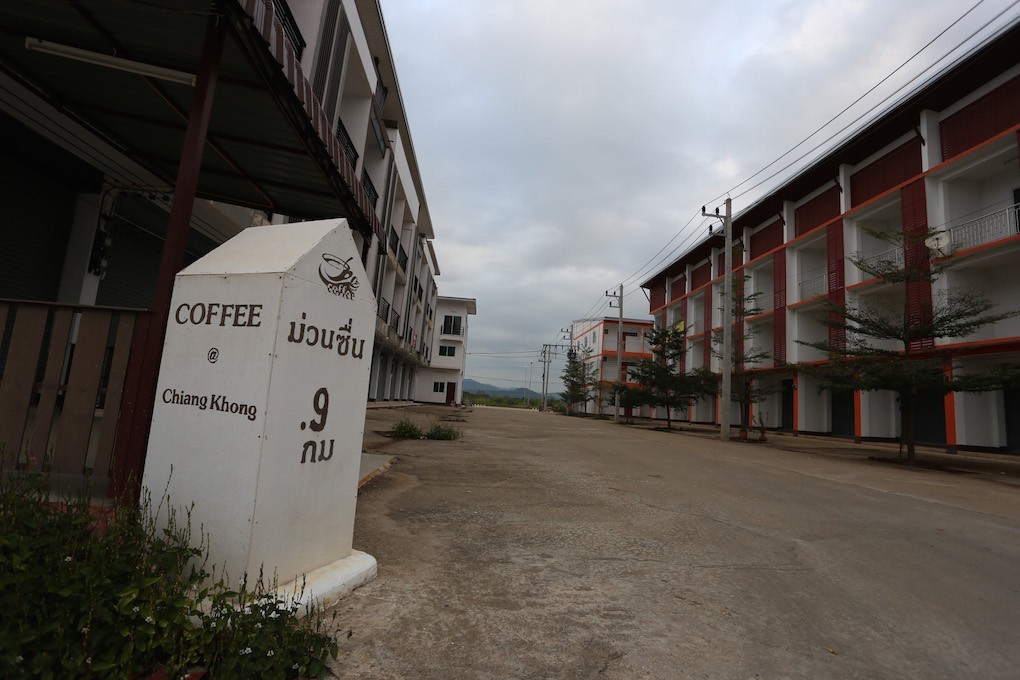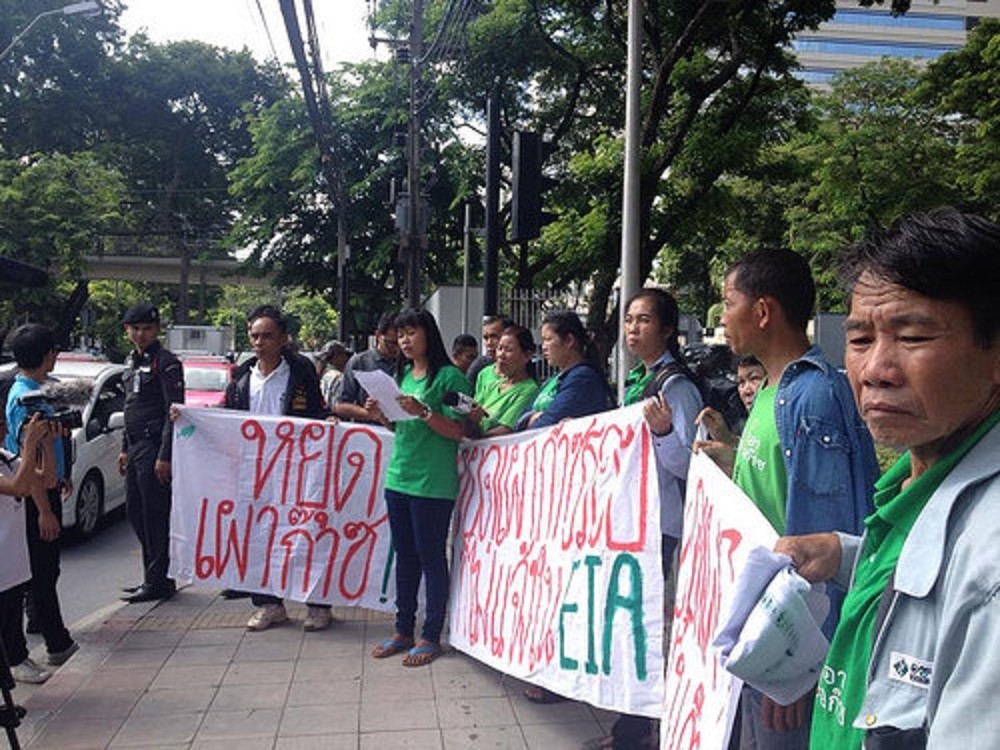A new year is often a time for joyful celebration. But Pianporn Deetes bid farewell to 2015 with a heavy heart.
“The Administrative Court gave me the most cruel Christmas ever. My spirit was dampened throughout the New Year period,” she said.
Pianporn is remembering her experience listening to the ruling on the Xayaburi Dam on Dec 25. The lawsuit — in which 37 villagers from eight provinces in Thailand affected by the project sued the Energy Ministry and Electricity Generating Authority of Thailand for allegedly signing a power purchase agreement illegally — is a landmark case since it was the first time people have gone to court for environmental and community rights protection from a transborder project championed by the Asean Economic Community (AEC). The dam is now being constructed, with investment from Thailand, on the Mekong River in Laos. When finished, over 90% of electricity from the dam will be sold to Thailand.


